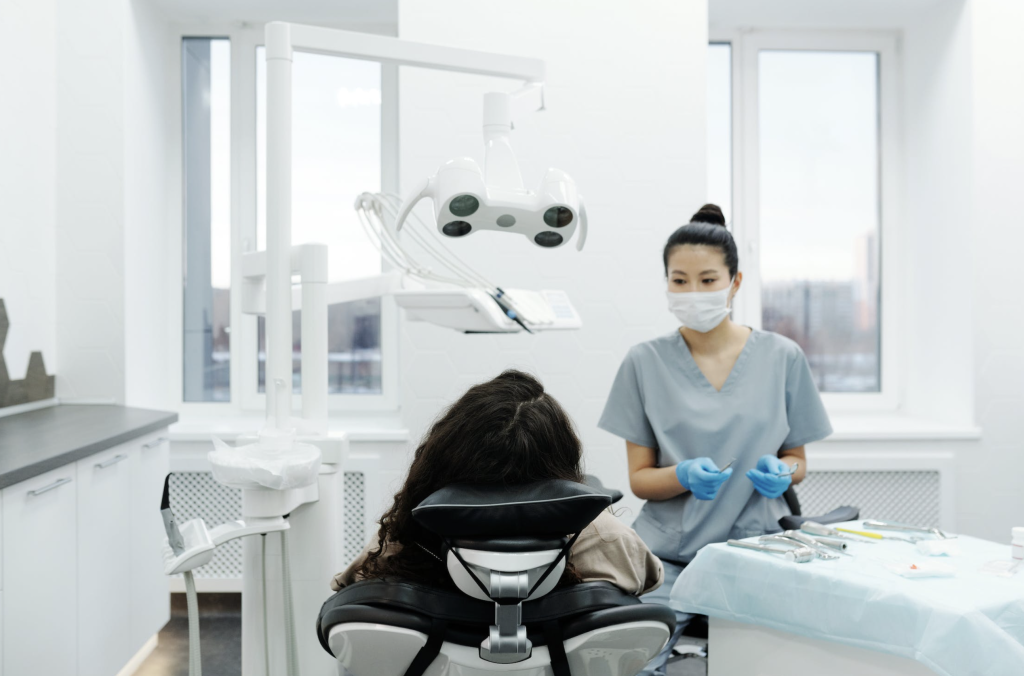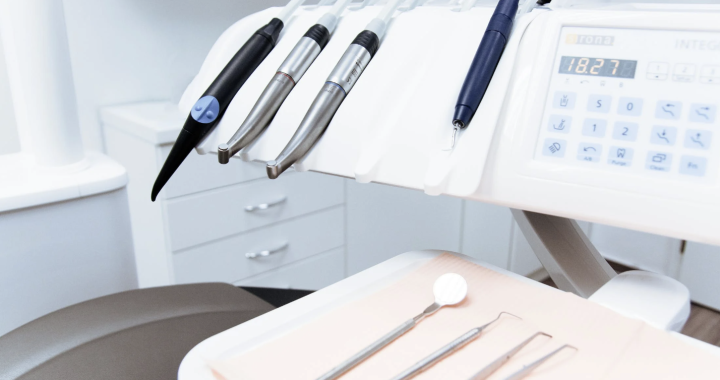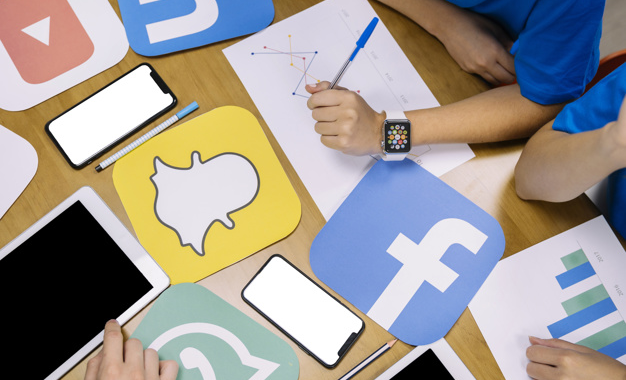How Dental Technology Is Changing The Industry
5 min read
The introduction of new technology has significantly contributed to the dentistry industry from digital X-rays to 3D printing these technological advancements have enabled dentists and orthodontists all over the world to provide more efficient and effective treatment. New advancements have transformed how dentistry is delivered, making it s more accurate, safe, and effective practice.
With patient demands increasing rapidly; there are over 45,000 working dental practices already in the UK. Where wants and needs have moved past just general dental hygiene to aesthetics, where practices such as cosmetic dentist Wakefield offer treatments specifically catered for looks, with technology adapting the wants and needs of patients are evolving with it.
Artificial Intelligence
AI seems to be everywhere at the moment and for good reason, It provides the dental industry with sufficient intelligence to perform, validate, evaluate, predict, and if that wasn’t enough also analyze tasks in a predefined environment. This saves time and money for practitioners and in turn, gives them more opportunities to spend their demanding time schedules elsewhere.
This means this technology has the potential and power to help the dental professions when it comes to diagnostics, radiographic interpretations, and analysis of facial growth in orthodontia to name a few. Therefore, this acts as a second opinion removing the risk of human error or diagnosis mistakes, and its consistency is evident and already having a huge positive impact on the dental industry. Unfortunately, an article by Readers Digest showed that visiting 50 different dentists could result in a different diagnosis, and treatment options, the development of AI has filled that barrier of uncertainty building patients’ trust in the dentist industry.
Additionally, VideaHealth shared a Food and Drug Administration clinical study to test AI diagnostics accuracy, an outstanding 100% of clinicians in the study improved their ability to correctly diagnose and detect diseases. Therefore, AI not only helps diagnose it can find problems early on that can usually be detected with the human eye, but that can also improve a patient’s health without it having to get worse.
Teledentistry
With the impact of the COVID-19 pandemic, massively affected the amount of patients returning as regularly as they did pre-pandemic. This is where teledentistry came as a solution for consultations, basic examinations, and general inquiries using digital tools such as synchronous or asynchronous videos or video chat.
This shows that the dentistry industry is evolving rapidly and with the needs of their patients growing with the new digital society. This can save time for the patients bringing more business into it while being convenient and a desirable option for patients that don’t have major issues or inquiries whether that’s if they need a filling or not, Dental Tribune in a study found 76% of patients admitting they were comfortable via video rather than in-person.
Virtual Reality
As mentioned above, patients are deciding in favor of video calls rather than in-person checkups. This is related to virtual reality, this could include but not be limited to headsets and ceiling-mounted TVs. This method is meant to reduce the amount of pain that patients feel when sitting in a chair. Adapting this technology into their practice is meant to eliminate dental fear and encourage individuals to not avoid their dentist.
Dental Tools
According to the public, the new advancements in technology have improved patient outcomes through them feeling safer when sitting in a chair. Another example of this would be the use of lasers during plac and decay removal, gum reshaping, and believe it or not root canals, which are less invasive than traditional dental tools, leading to a happier patient leaving the office.
In addition, the addition of 3D imaging tools also known as the Vectra System captures a more detailed picture of a patient’s face and mouth, assisting with customized treatment plans and stimulating the effects of various dental procedures on a patient’s facial structure. This prevents the whole trial and error part and time-saving measures that assist in making informed decisions.
Overall
New technology has had a significant positive impact on dental and mouth care, this not only helps patients but dentists all around the world, taking away some pressures and improving their ability to deliver the best treatment plan possible. These developments have allowed dentists to not only fix problems but also create cosmetic procedures that show a nicer side to the industry. As technology continues to advance, its important for dental professionals to stay up to date with the advancements in technology to provide the best possible care to their patients. It’s a trend that will continue to improve throughout the years.
Predictions For The Future
Regenerative Dentistry
This is a new field that aims to use stem cells to produce biological therapies for teeth in order to regenerate damaged teeth and act as a kind of ‘self-healing’ treatment. While it’s still in the early stages of development, there are feelings that it’s very possible and will make its way into mainstream dentistry and become a sought treatment.
Augmented Reality
This blended perception of the real world and virtual reality is an advance meant to assist dental students, in a way creating a ‘virtual mouth’ to help practice procedures, making it more life-like can better train our dentists before graduating using ‘real’ tools in real-time. This can build confidence and help provide critical feedback from their tutors.
By combining digital and reality with cameras that can track instruments and hand movements, students will be able to receive a ‘real life’ experience, properly preparing them for the real thing.
Monitoring Inflammatory Marker and Biomarkers
As technology advances, dentists are expected to improve their ability to monitor and correctly diagnose dental and systematic diseases. Through monitoring inflammatory markets and biomarkers, they are able to understand their patient’s health bit by bit.
Today most dental problems or diseases are diagnosed only when they are seen by the naked eye or unfortunately when the damage is done, therefore, this advancement cuts out the part where patients come with problems to fix but instead a patient whom you can help them before they’ve even noticed.
Overall, in the future dentists are expected to have the tools and technology to help them with the diagnosis processes with greater accuracy.
Advanced Intra-Oral Cameras
With innovations with intr-oral cameras, they are allowing dentists to look at patients’ teeth with greater clarity, picking up things that the humans couldn’t leaving no more use for the inconvenient tiny little mirrors.
This also allows the dentist to spot any potential problems earlier, whether they build up or holes within the teeth, this can give dentists greater confidence before diagnosis and during operations.




